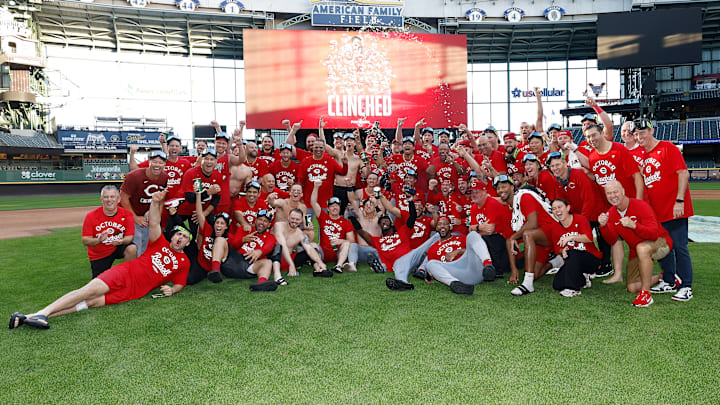Cincinnati didn’t stumble into relevance; it was built, brick by brick, while the Pittsburgh Pirates kept waiting for theirs to appear. The Reds spent 2025 doing something every small-market front office swears it wants to do: make baseball feel urgent again. They gave fans a reason to reorganize evenings around first pitch, and the proof showed up where it always does: on living room screens and at the turnstiles. TV viewership jumped, the ballpark buzzed like it hadn’t in a decade, and suddenly the Reds weren’t just a team, they were an event.
What drove it wasn’t some reckless, headline-chasing spree. It was a series of credibility plays. Hire a manager (Terry Francona) with gravitas and a championship backbone. Add real, useful major-league pieces instead of hoping waiver-wire darts hit the bullseye. Promote prospects on a timeline that respects performance and momentum, then let them breathe at the big-league level.
What the Pirates can’t grasp about the Reds’ TV boom
Cincinnati did those things, and the impact was measurable: local TV viewership climbed 21% in 2025 and attendance reached its highest mark since 2015. You don’t need a top-five payroll to spark a city; you need a believable product and an organization that acts like it expects October to matter.
This is where the Pirates should be taking notes. Pittsburgh already has a rotation anchor that most clubs would sell the farm to acquire. Paul Skenes can reset the rhythm of a franchise — if you treat him like the foundation of a winning plan, not the marketing plan itself. The Reds surrounded their core with competence and intentionality. The Pirates too often surround theirs with hope and bargain hunting. Fans know the difference. They can feel it from April through September.
Look at the blueprint across the state line: invest just enough to lift the floor, and energy pours in from every direction. A steadier lineup, a couple of reliable bullpen arms, and a manager who commands buy-in, and suddenly you’re not asking your fan base for patience. You’re offering them a summer worth scheduling around. That’s the lesson in Cincinnati’s surge. When a club signals ambition with its moves, people show up.
The Pirates don’t need to morph into big spenders to change the conversation. They need to spend smartly and on purpose. Add major-league certainty to the middle of the order. Stop treating “development” as a synonym for “wait.” And bring in a dugout voice with the stature to set standards and the creativity to win on the margins.
Cincinnati just showed, in real time, how powerful that feedback loop can be. Pittsburgh has the ace and the market hunger to ride that same wave. The only question left is whether the Pirates will keep resisting the obvious or finally choose to match their fans’ appetite with action.
